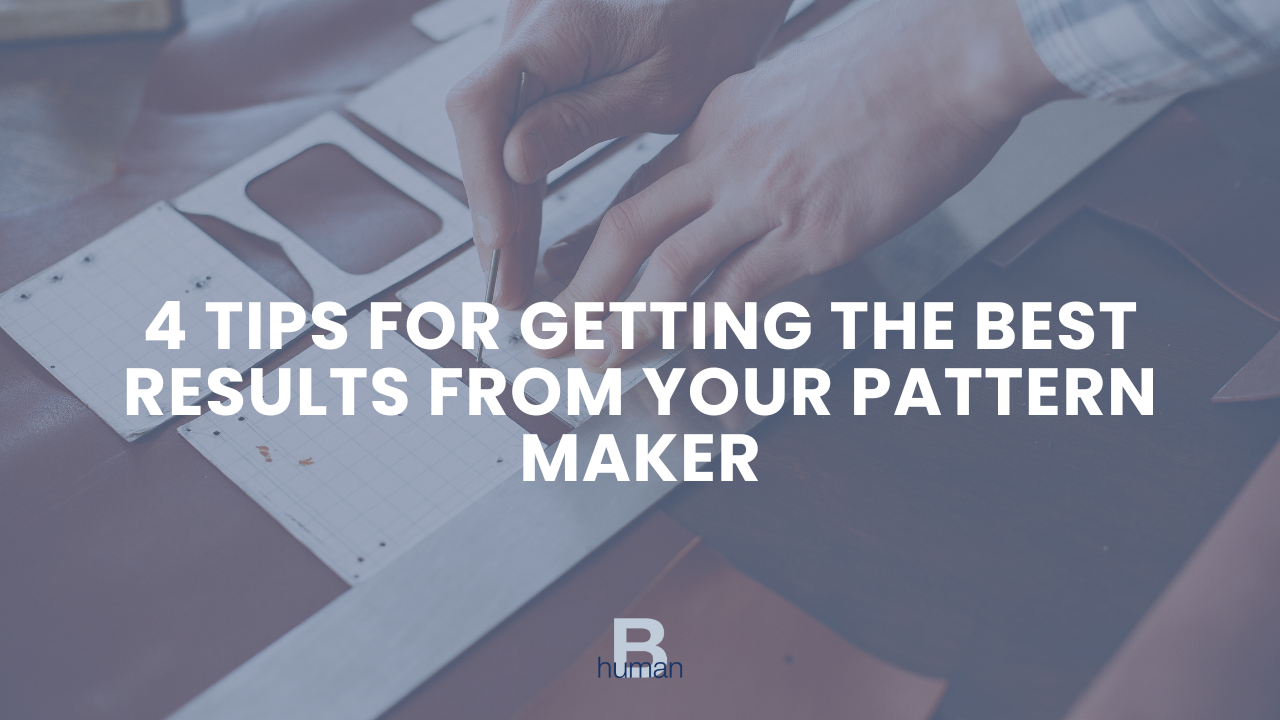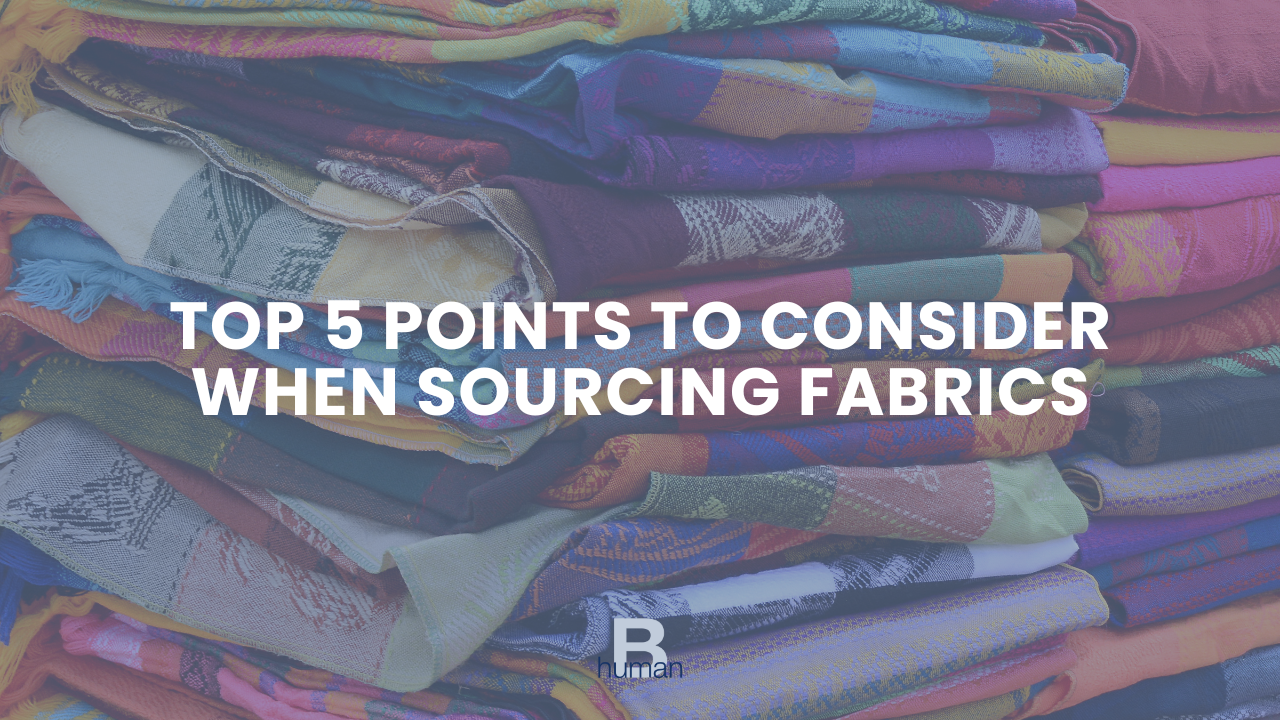Many of you designers out there are probably going into Fall14 production & SS15 samples as we speak and trying to finalize your sewing contractor—choosing one and making it work with them.
As a start-up fashion brand with limited resources, you might be hesitant that the sewing contractor will not have your business as priority; In other words, “doing you a favor” by accepting your job. Considering your budget is probably limited and your quantities are barely make their minimums, you start to wonder: What incentives can I offer them to consider my line a valid brand and want to work with me?
My business philosophy has always been that a business interaction must make sense for both sides in order to last. It must be a win-win situation! Unfortunately, many fashion designers get too involved with their own views and business needs/deadline/pressure and end up waiting until the last minute to place orders, and then ask the contractor to rush without having all the materials and info ready, (not to mention asking for lower production price), etc. At the end of the day, this makes it not profitable and very difficult for the contractors to work with young designers.
Here are 3 valuable things that you, as a new brand with limited resources, can offer your sewing contractor to make this a win-win relationship:





















